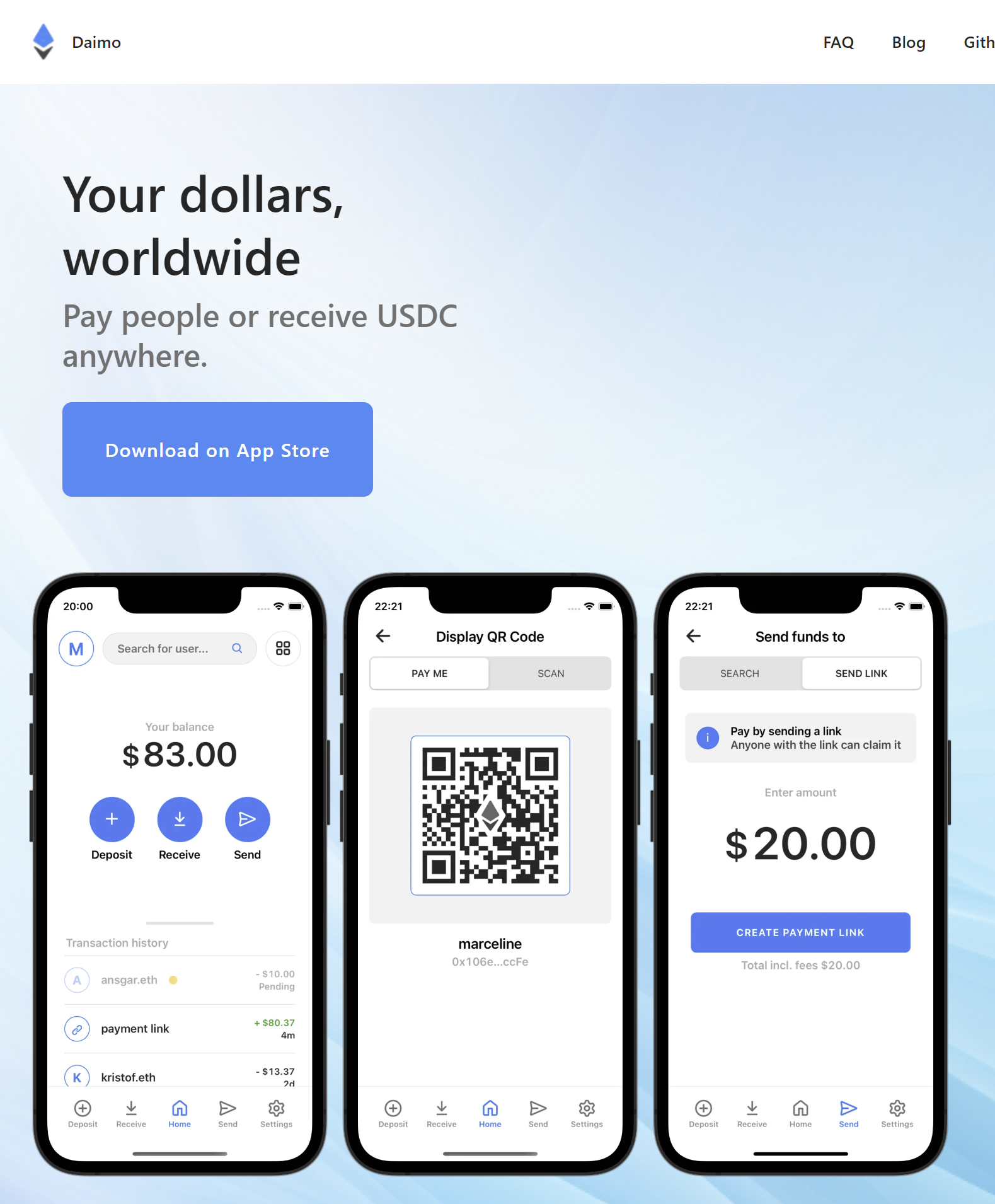News
DevConnect 2023: Takeaways from the Largest Ethereum Conference of the Year
Summary: Last week, Web3 industry experts worldwide convened in Istanbul, Turkey, for DevConnect, one of the Ethereum Foundation’s (mostly) annual conferences to bring together developers, builders, investors, researchers, and enthusiasts. Each year, these conferences are where research is shared, trends are discovered, partnerships are created, and startups are founded. This year was no different – several ...
Last week, Web3 industry experts worldwide convened in Istanbul, Turkey, for DevConnect, one of the Ethereum Foundation’s (mostly) annual conferences to bring together developers, builders, investors, researchers, and enthusiasts. Each year, these conferences are where research is shared, trends are discovered, partnerships are created, and startups are founded. This year was no different – several exciting trends have been identified and are in the process of emergence, including proto-danksharding, zero knowledge, account abstraction, and data availability. Let’s dive into each of these and what was discussed at DevConnect 2023.
Throughout the event, it was clear that the EF had one main point of emphasis: proto-danksharding. This Ethereum upgrade, or EIP-4844, is slated for inclusion in Cancun-Deneb later this year or early next year, creating a new type of data storage in Ethereum blocks called blobs. These blobs will be used by rollups to post their transaction data so that an on-chain prover can verify it. Unlike existing Ethereum storage, blobs are not accessible by the EVM and are, therefore, much cheaper. There is lots of excitement surrounding blobs and their potential, as highlighted by the DevConnect co-working space’s WiFi password “blobsarecoming.”

The focus on blobs and danksharding is but a small part of a much larger trend: data availability solutions. While rollups and zero knowledge allow for blockchain computations to take place off-chain, their data must still be stored somewhere so that anyone can verify that a zero-knowledge proof was not generated using inaccurate data. Recently, several different data availability solutions have been announced, including EigenLayer’s EigenDA, Near’s NearDA, and the Celestia blockchain and its main purpose of being a DA layer. Celestia, which airdropped tokens to L2 users within the past few weeks, went from a price of $2 to $7 and a $1-billion market capitalization, demonstrating the growing interest in DA solutions.

Unlike other conferences, DevConnect is very decentralized, as there is no main event but side events and community gatherings by different companies and protocols. Only one topic had a dedicated event daily: zero-knowledge technology and advanced cryptography. Zero-knowledge cryptography is the concept of succinctly proving that a specific piece of information is known without having to reveal the details of that information. Besides obvious privacy use cases, it is also incredibly powerful since it allows a computationally-intensive task to be represented in a much smaller form as a proof that can be easily verified by something as light as a mobile phone. For this reason, ZK tech is used heavily in scaling solutions, such as rollups, where the heavy transaction computations can take place on-chain, and the transaction proof can be posted to the Ethereum mainnet. Throughout the week, leaders in the space shared new developments in ZK technology, allowing for more efficient proof generation and general optimization that will make the process, which has been a theoretical idea since the 80s, a reality in most of our blockchain systems. Additionally, ZK allows for private transactions, as seen on alt L1 Aleo or rollup Aztec. This space is growing so fast and is so lucrative that Aleo was paying people $100 per workshop to learn their Leo programming language and create zero knowledge-compatible smart contracts. Some of the biggest ZK events included Cryptographic Resilience Day, ZK Social Club, and Prog Crypto.

While ZK was certainly the most prominent cryptography topic covered, quantum cryptography, multi-party computation, and fully homomorphic encryption were also discussed at length. These topics will be covered in more detail in a future article about the next generation of blockchain cryptography.
With the blockchain scaling problems nearly fully solved, the next step to achieve widespread adoption is a user experience that feels similar, if not better than, current Web2 financial systems. Account abstraction is the key to this transformation, focusing on various characteristics that make managing an Ethereum account much easier. Rather than having to store a private and public key, AA allows users to do things like create an account with their email, have social recovery or “forgot my password” features, and have other apps pay for their transaction fees. Together, these make the transaction experience feel seamless, and proof of concepts like Daimo, a Venmo-style app using USDC, are promising replacements for centralized Web2 solutions.

DevConnect 2023 in Istanbul did not disappoint and allowed its attendees to learn from the top minds and thought leaders in the blockchain and Web3 industry. By identifying trends before solutions are available, investors can capitalize on value acquisition, researchers know what areas to focus on going forward, and builders know what types of startups to create. Though better in person for networking opportunities, this win-win-win environment can be accessed by anyone by watching the free online recordings of talks and presentations. In the near future, ETH Denver in Q1 2024 and DevCon in the year's second half promise to be more of the same.
By Lincoln Murr
Tags: Data Availability,DevConnect,Ethereum,Layer 2s,proto-danksharding,Zero knowledge
Link: DevConnect 2023: Takeaways from the Largest Ethereum Conference of the Year [Copy]